Service Provider Routing and Switching Support, Professional v4.0
Question 1
Which two statements describe advantages of using BGP for VPLS signaling instead of
LDP signaling? (Choose two.)
- A. There is no need for MPLS signaling protocol.
- B. There is a well-defined scaling hierarchy.
- C. There is a separation of signaling from other services.
- D. There is auto discovery.
Answer : BD
Question 2
You have recently added LDP-signaled VPLS to your network. The VPLS connections are established and you have been asked to verify that the forwarding plane is working properly. Which three commands would you use? (Choose three.)
- A. ping mpls Idp <fec>
- B. show vpls connections
- C. traceroute mpls Idp <fec>
- D. show vpls mac-table
- E. show Idp statistics
Answer : ACD
Question 3
Click the Exhibit button.
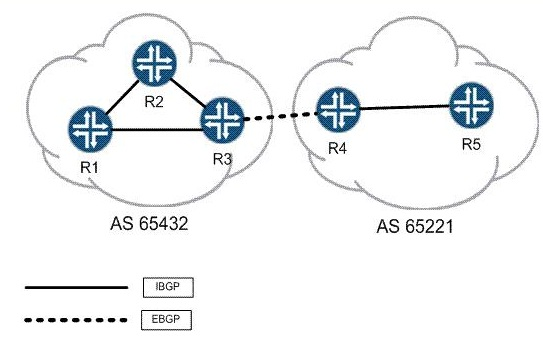
R3 and R4 want to establish an EBGP session between each other's loopback addresses.
They have each configured static routes to the other's loopback address and can ping from loopback to loopback. Their EBGP session is configured with correct neighbor and local addresses. The correct AS numbers have been specified at the [routing-options] hierarchy as well. Considering the topology in the exhibit, which statement is true?
- A. BGP's protocol preference must be adjusted to be lower than protocol static for the session to establish.
- B. Each side must configure multipath for the session to establish.
- C. Each peer must specify a local-as within their EBGP configuration for the session to establish.
- D. Each peer must configure multihop for the session to establish.
Answer : D
Question 4
Click the Exhibit button.
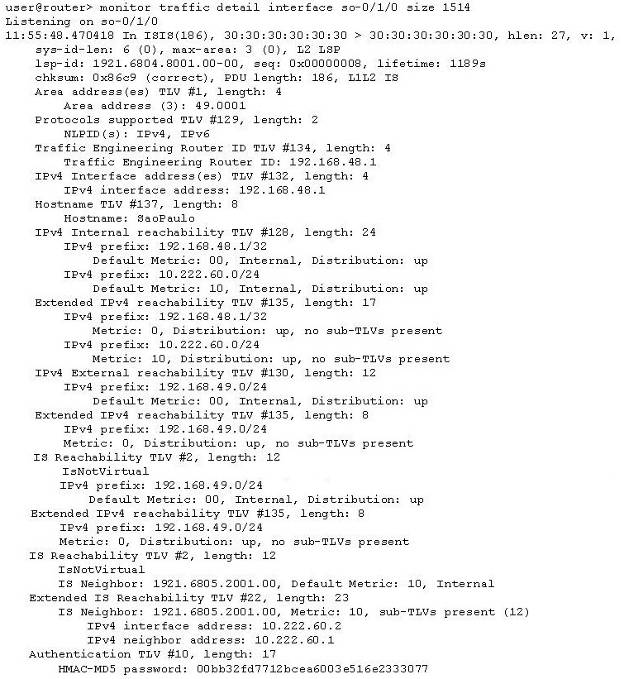
The output in the exhibit was captured on an interface. Which three statements are true about the configuration on the router with hostname SaoPaulo? (Choose three.)
- A. Wide metrics is not in use.
- B. The router has the overload bit set to "on".
- C. Authentication is enabled.
- D. System ID is 1921.6805.2001.
- E. Level 2 routing is enabled.
Answer : ACE
Question 5
Click the Exhibit button.
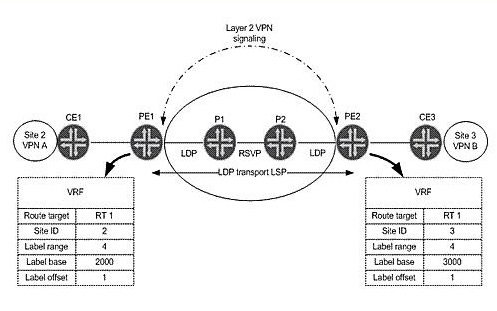
In the exhibit, on which label value does PE1 expect to receive traffic from CE3 for VPN A?
- A. 2002
- B. 3001
- C. 3002
- D. 2001
Answer : A
Question 6
Which two configuration parameters are required to configure a BGP-signaled VPLS service? (Choose two.)
- A. vpls-id
- B. site-identifier
- C. route-distinguisher
- D. site-address
Answer : BC
Question 7
Click the Exhibit button.
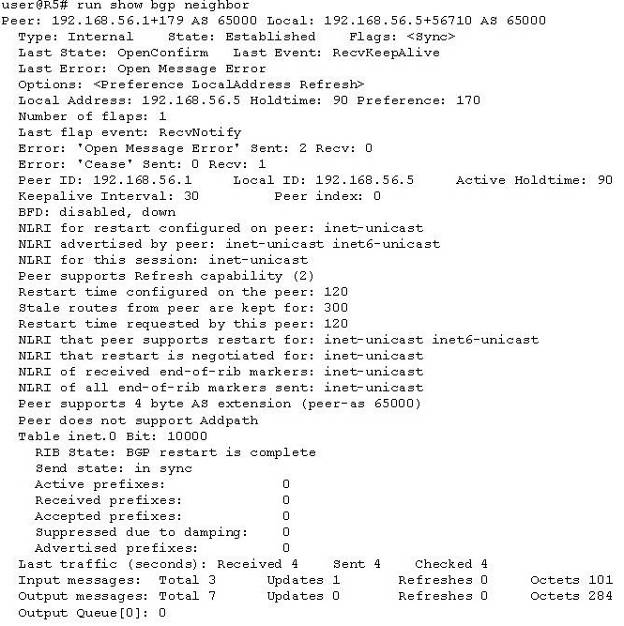
The exhibit shows the output of a Junos show bgp neighbor command. Which two statements are true? (Choose two.)
- A. IPv4 routes will be exchanged over this session.
- B. IPv6 routes will be exchanged over this session.
- C. The local router initiated the BGP session.
- D. BFD keepalive is configured to 30 seconds.
Answer : AC
Question 8
Click the Exhibit button.
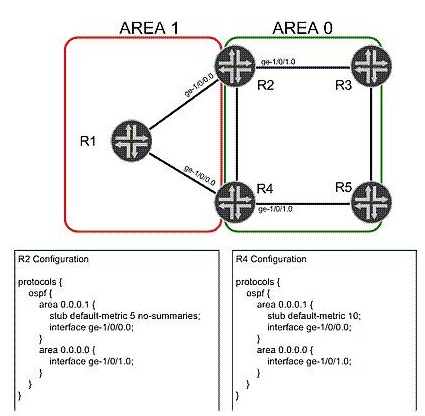
R2 and R3 advertise a default route into Area 1.Based on the configurations in the exhibit, which statement is true? (Choose two.)
- A. Traffic from R1 to internal OSPF destinations in Area 0 will always transit R4.
- B. Traffic from R1 to internal OSPF destinations in Area 0 will always transit R2.
- C. Traffic from R1 to external OSPF destinations in Area 0 will always transit R2.
- D. Traffic from R1 to external OSPF destinations in Area 0 will always transit R4.
Answer : AC
Question 9
Click the Exhibit button.
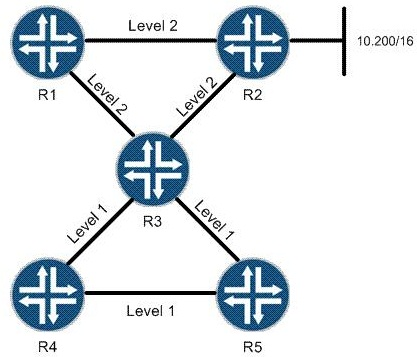
R2 is announcing the 10.200/16 network to its IS-IS neighbors. No routing policies have been applied to R3. Referring to the exhibit, will R5 have 10.200/16 as an IS-IS route?
- A. Yes; IS-IS level 2 externals are passed from level 2 to level 1 by default.
- B. No; IS-IS level 2 externals are only passed to level 1 if wide-metrics-only is configured on all routers.
- C. Yes; all level 2 routing information is shared throughout an IS-IS domain by default.
- D. No; IS-IS does not announce routes from level 2 to level 1 unless a routing policy is applied.
Answer : D
Question 10
Click the Exhibit button.
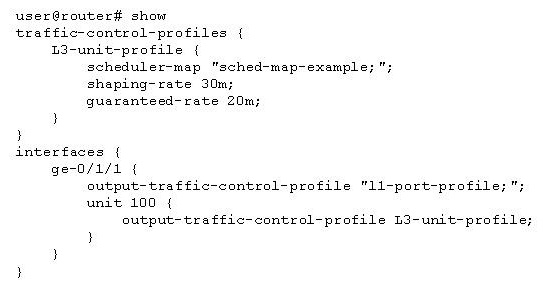
What would happen if the guaranteed-rate command is removed from the configuration shown in the exhibit?
- A. The logical interface gets a minimal bandwidth reservation.
- B. The minimum-rate command should be configured instead.
- C. The logical interface receives no bandwidth constraints.
- D. The transmit-rate command should be configured instead.
Answer : A
Question 11
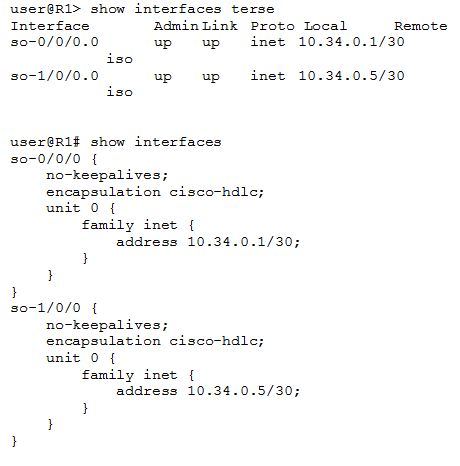
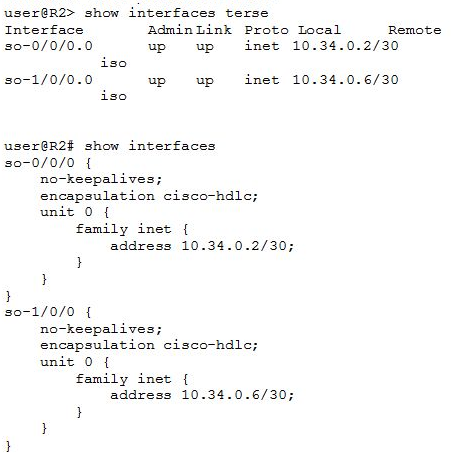
You have created a new IS-IS adjacency between identical routers over two STM-4 circuits. After enabling no-keepalives on the interfaces, they come up and you are able to ping between the routers. However, the IS-IS adjacency still will not establish.
Which step will determine the cause of the problem?
- A. Disable no-keepalives from the interfaces and issue a show isis adjacency command.
- B. Enable family iso on all the SONET interfaces, commit, and test the circuits.
- C. Disable cisco-hdlc encapsulation, enable ppp encapsulation, commit, and test the circuits.
- D. Disable no-keepalives from the interfaces and issue a show interfaces extensive command for each of the SONET interfaces.
Answer : D
Question 12
Click the Exhibit button.
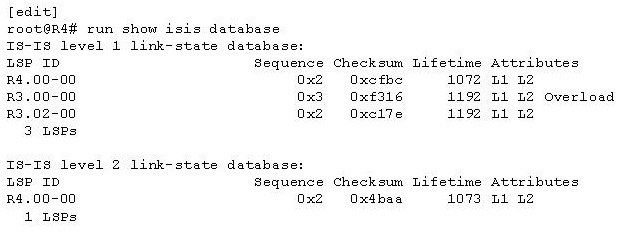
Based on the output in the exhibit, which statement is correct?
- A. R4 has been configured with an IS-IS export policy and is announcing external routing information.
- B. R3 and R4 have an adjacency at both level 1 and level 2.
- C. R3 has been configured so that it is not used for transit traffic.
- D. R3 and R4 are both attached to other IS-IS areas.
Answer : C
Question 13
You have applied a customized EXP rewrite rule on router R1 on the egress of the interface connecting to router R2. You want to verify if it is working properly. Which two methods would you use to accomplish this task? (Choose two.)
- A. Apply a rewrite rule on the ingress of R2 for packets coming in from R1 and count those packets for the new EXP values with a firewall filter as they leave R2.
- B. Use the traceroute utility.
- C. Use an output filter on R1 that matches and counts on various EXP values on packets going to R2.
- D. Use an input firewall filter on R2 that matches and counts on various EXP values on packets coming from R1.
Answer : CD
Question 14
Click the Exhibit button.
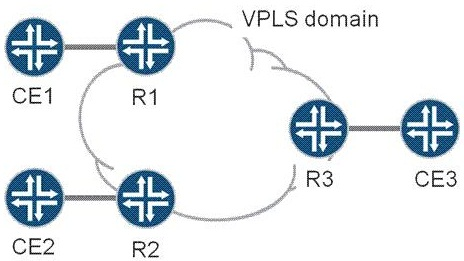
CE1, CE2, and CE3 are part of a single VPLS VPN. R1, R2, and R3 are PEs in the provider network, and have just been powered on. The VPLS domain has converged, and frames have passed between all CEs in the last minute. An Ethernet frame has just arrived at R3 from CE3. It has a source MAC address of CE3 and a destination MAC address of
CE1.What does R3 do with the Ethernet frame?
- A. Drops the packet as the destination MAC address is not for R3.
- B. Drops the packet as the destination MAC address is not in R3's MAC table.
- C. Forwards the packet to R1 only.
- D. Forwards the packet to R1 and R2.
Answer : C
Question 15
Click the Exhibit button.
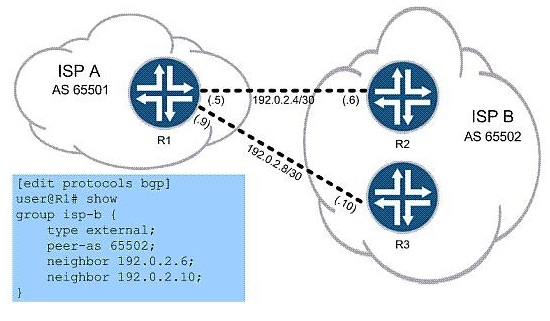
You work for ISP A, as shown in the exhibit, and must configure R1 to use load balancing across both available links to ISP B's network. Which command do you use to finish the configuration?
- A. set protocols bgp group isp-b multipath
- B. set routing-options forwarding-table export per-packet
- C. set protocols bgp group isp-b multihop
- D. set routing-options forwarding-table load-balance
Answer : A